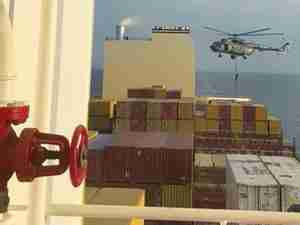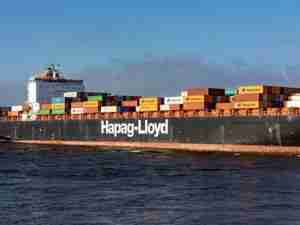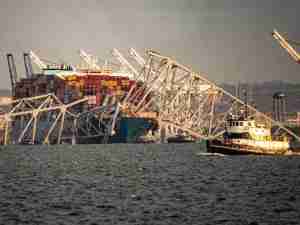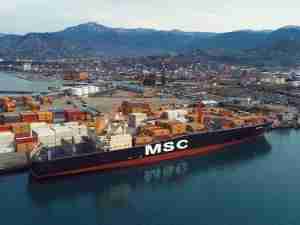Even if the scheduled increases are fully achieved, TSA said, that will at best restore some but not all freight rates to late 2008 levels, which were viewed at the time as barely compensatory. Container lines in aggregate lost, by various estimates, $15-20 billion in 2009 worldwide as the direct result falling demand and a corresponding decline in rates, and liner shipping industry return on capital invested fell to -6.5%. Drewry Shipping Consultants estimates further losses of more than $7 billion during 2010.
In the transpacific trade, demand fell by more than 15% in 2009, while rates fell by a third to more than half, depending on commodity and routing. 'Transpacific container lines took dramatic, emergency steps to cut costs and preserve basic service levels during a period of unprecedented turmoil,' said TSA Chairman and Hanjin Shipping Co., Ltd. CEO Y.M. Kim. 'In the process, freight rates fell to unsustainable levels that were locked into 12-month contracts. The key to reinvestment and service expansion in the trade is a sustained increase in cargo demand, accompanied by return to a viable, compensatory rate structure.' Despite sporadic reports of lines beginning to return to profitability, Mr. Kim added that global carriers may be seeing better returns in other trade lanes or in non-container shipping operations like bulk shipping or tankers, but the transpacific liner trade still loses money.
He indicated that the TSA guideline emergency revenue charge (ERC) of US$400 per FEU, which took effect January 15, 2010, has contributed to improved revenues in the past two months. But he stressed that the ERC was only a stopgap measure to provide interim rate relief for carriers under their existing contracts. The guideline charge is intended to expire with those contracts and be replaced with rates negotiated in the new 2010-11 contracts.
During the Taipei meetings, TSA member line CEOs also discussed at length vessel space and equipment concerns raised by shippers, the U.S. Federal Maritime Commission (FMC), and members of the U.S. Congress. The chief executives stressed that they are well aware of, and are committed to addressing, the short-term difficulties that arose in Asia in the run-up to the Lunar New Year holidays and factory closures. The situation of tight space and rolled cargo on some sailings, they indicated, was due to sustained post-holiday consumer demand in the U.S., and an urgent need for retail re-stocking, and has already begun to ease.
It is expected that specific service issues will be resolved by individual carrier actions as they redouble their efforts to improve their services working together as partners with their customers. Longer-term questions about restoration of assets and services in the Asia-U.S. trade will be a function of demand trends in coming months, and carriers' ability to restore transpacific revenues to stable, compensatory levels, TSA said.
Coming out of the Lunar New Year holidays in Asia, carriers see continued robust liftings into April, but market conditions through 2010 remain uncertain. 'The market forecast that matters most will be found in the volume commitments, service features and rate levels negotiated in upcoming contracts,' explained TSA executive administrator Brian M. Conrad. 'That is what will ultimately drive internal carrier decision making in the months ahead.'
TSA is a research and discussion forum of major container shipping lines serving the trade from Asia to ports and inland points in the U.S. More in









